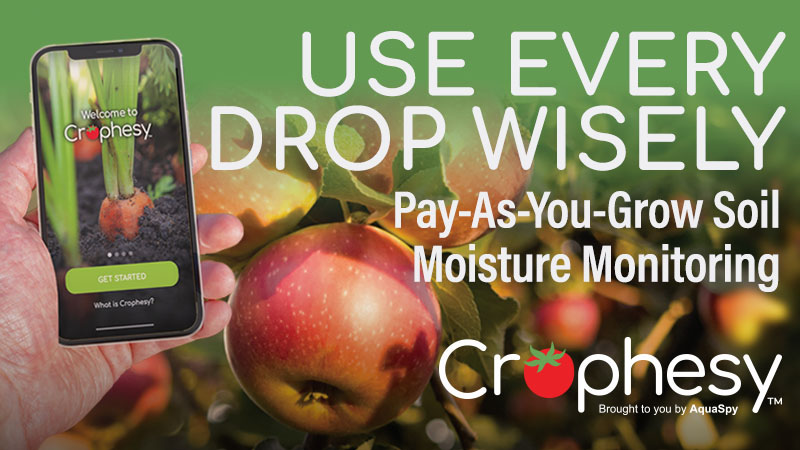Best Practices For Herbicide Application
Through the On Target Application Academy training sessions, BASF and Bob Wolf, Ph.D., Wolf Consulting and Research, have educated thousands of growers on herbicide application best practices since 2012. The program, which was developed by BASF in conjunction with Wolf, provides growers extensive hands-on training for better awareness of herbicide application best practices. Included in the training is important information on preventing and managing drift.
Wolf offers his five top recommendations for herbicide application best practices:
1. Select the correct nozzle. Proper nozzle selection is the key to reducing spray drift. Choosing the right nozzle for speed, pressure and the chemical being applied helps minimize drift while maintaining protection efficacy.
2. Use appropriate pressure. It is common practice to lower the pressure to manage spray drift, as low pressure creates larger droplets. However, newer Venturi nozzle designs — commonly referred to as air induction — should be used at pressures ranging from 50 to 80 psi. Newer nozzles operating at higher pressures are able to reduce drift while increasing the coverage potential on the targeted area.
3. Watch application speeds. When using rate controllers, changes in speed across a field will affect the spray pressure. Higher speeds require higher pressure to deliver the correct volume, lower speeds the opposite. Thus, as applicators are making speed changes, they are impacting the droplet size. For a given application, avoid major adjustments in speed.
4. Avoid adverse weather conditions. Adverse weather conditions, including high winds or inversions, are problematic for drift. Applicators have no control over the weather. The best option is to choose not to spray when environmental conditions are not favorable.
5. Stay abreast of other technologies. Consider other technologies to reduce drift potential, including the use of shields, pulse-width modulation or drift reduction additives.
In addition to application training, the On Target Application Academy educates growers on proper equipment setup, including calibration and clean-out, and plant biology, to help them achieve the most effective and sustainable weed control possible, and to help mitigate off-target applications.
The On Target Application Academy is holding courses throughout 2013. BASF expects more than 2,000 growers will receive training this year. Events remaining for 2013 include Sept. 10 at the West Texas Agricultural Chemicals Association Meeting in Lubbock, TX. Other dates have been scheduled for Nov. 5 in Dodge City, KS; and Dec. 3, Mississippi State University, Starkville, MS.
The On Target Application Academy is offered at no cost to attendees. For more information about the On Target Application Academy or to sign up for an event, please visit www.agro.basf.us/stewardship/on-target-stewardship.html.









